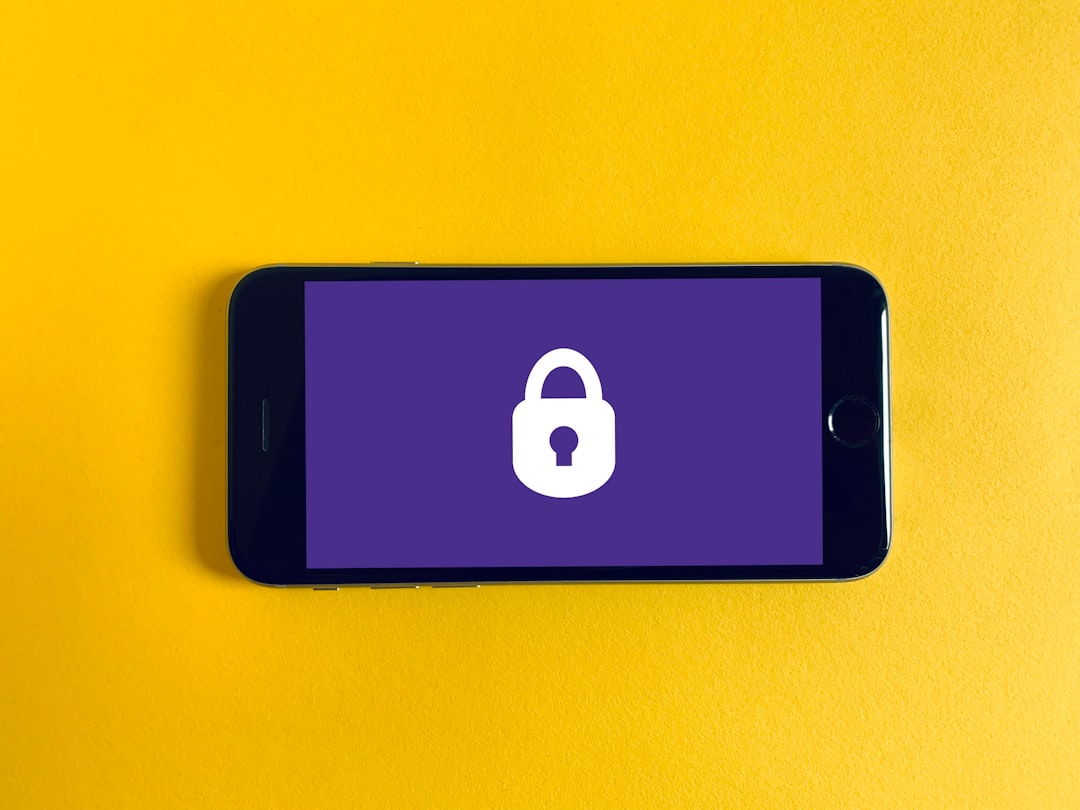In an era where digital ecosystems are increasingly interconnected, Apple’s decision to introduce USB-C to the iPhone marks one of the most significant shifts in the company’s hardware strategy. For years, Apple users became accustomed to the proprietary Lightning connector, first introduced in 2012 with the iPhone 5. With the advent of the iPhone 15 lineup, Apple has finally embraced USB-C, the universal standard now commonplace across smartphones, tablets, laptops, and accessories. This change may appear minor on the surface, but it has far-reaching implications for users, developers, manufacturers, and the consumer tech industry as a whole.
What Triggered the Shift to USB-C?
The transition from Lightning to USB-C did not occur in a vacuum. While Apple has slowly integrated USB-C across its product lines — starting with the MacBook in 2015 and later the iPad Pro — the iPhone remained the outlier. The final push toward implementing USB-C on iPhone wasn’t purely a matter of technical evolution or user preference, but also regulatory pressure. In 2022, the European Union passed legislation mandating that all smartphones sold in EU nations use USB-C by the end of 2024. This move aimed to reduce electronic waste and simplify charging for consumers.
Apple could not ignore this directive, especially considering the EU’s market significance. Although Apple initially resisted the regulation, citing concerns about innovation being stifled, the company ultimately aligned its devices with the new requirements, presenting USB-C adoption as a user-centric enhancement.
How Is USB-C Different from Lightning?
At a glance, USB-C and Lightning appear quite similar — both are compact, reversible connectors. However, the underlying technology offers differing capabilities:
- Data Transfer Speeds: USB-C supports significantly faster data transfer, particularly with USB 3.1 or USB 3.2 standards, reaching speeds up to 10 Gbps or more. In comparison, Lightning cables typically top out at USB 2.0 speeds (480 Mbps).
- Power Delivery: USB-C can handle higher power outputs, enabling faster charging and supporting more demanding peripherals. Some USB-C ports can deliver up to 100 watts under USB Power Delivery specifications.
- Universal Compatibility: Unlike Lightning, which is proprietary to Apple, USB-C has become the standard across numerous manufacturers, from Android smartphones to laptops and gaming consoles.

For users, this difference means not only faster performance but also fewer cables and dongles cluttering up their bags or desks. It allows a single cable to serve multiple devices — a level of convenience that Apple users have long awaited.
What Changed for iPhone Users?
With USB-C replacing Lightning on the iPhone 15 series, several real-world changes directly impact the iOS user experience:
1. Charging and Accessory Ecosystem
The most immediate and noticeable change is in charging. Users can now charge their iPhones with the same cable used for their MacBooks, iPads, Nintendo Switch consoles, or even Android phones. It simplifies traveling, reduces e-waste, and lowers accessory costs. For example, users may no longer need to purchase separate car chargers, docks, or battery packs that specifically support Lightning.
2. Data Transfer and Professional Use
Apple has always positioned certain iPhone models, like the Pro series, as professional tools capable of shooting 4K video, RAW photos, and other demanding content. USB-C makes these functionalities far more practical. Creators can now transfer large video files or photo libraries between an iPhone and a MacBook or external drive with much greater efficiency.
It’s worth noting, however, that while the iPhone 15 Pro and Pro Max support USB 3 speeds, the base models of iPhone 15 are reportedly limited to USB 2 speeds despite having the same USB-C port. This decision has sparked some criticism for creating a disparity within the same product lineup.
3. New Possibilities: External Monitors and Peripherals
Another shift lies in external connectivity. USB-C’s versatility means iPhones can now function more like computers. Some models allow connecting to external monitors using DisplayPort over USB-C, enabling limited desktop-like functionality. Additionally, professionals can use wired microphones, MIDI keyboards, or even external SSDs without needing a specialized Lightning adapter.

Are There Any Downsides to the Switch?
No transition is perfect, and the shift to USB-C does come with some caveats. First, users who have heavily invested in Lightning accessories — including cables, docks, headphones, and unique gadgets — must now consider replacing or updating their gear. Apple does not bundle a USB-C-to-Lightning adapter in the box, leading to additional costs for compatibility.
Additionally, not all USB-C cables are created equal. Some only support charging, while others offer both power delivery and data transfer capabilities. Users may experience confusion or slower performance based on the type of cable they use. Apple’s USB-C cable included with iPhone 15 is reportedly limited to USB 2 speeds, so those seeking the fastest data transfer may need to purchase a higher-spec cable separately.
Impact on Third-Party Accessory Makers
The move to USB-C is a double-edged sword for accessory manufacturers. On one hand, it opens up iPhone accessories to a broader range of existing USB-C devices, allowing for cross-device compatibility. On the other hand, Apple’s Made for iPhone (MFi) program — which certified and monetized Lightning accessories — may lose relevance. Without Lightning royalties, Apple relinquishes a level of control and a potential revenue stream.
Developers will now need to tweak or redesign products for USB-C compatibility, particularly those in niche markets like medical devices or industrial equipment that previously relied on the Lightning interface and its specific communication protocols.
Future-Proofing the iPhone
With USB-C, Apple joins the broader tech world in moving toward a unified connector standard. This future-proofing benefits users in multiple ways:
- Environmental Sustainability: Reduced need for proprietary cables translates into less electronic waste and fewer single-use adapters.
- Simplified Product Design: Apple can now share components and manufacturing processes more efficiently between iPad, iPhone, and Mac.
- Better User Experience: Consumers benefit from faster transfer speeds, USB Power Delivery-based fast charging, and improved peripheral support.
Conclusion: A Small Plug, A Big Change
While it may seem like a minor hardware adjustment, the switch to USB-C on iPhones is emblematic of a broader shift in Apple’s strategy — one marked by pragmatism, regulatory compliance, and a renewed focus on user convenience. The change brings the iPhone more in line with global norms, removes long-standing compatibility barriers, and unlocks functionality that was previously out of reach for average users and professionals alike.
No transition comes without trade-offs, but as USB-C becomes ubiquitous across devices and ecosystems, its inclusion in the iPhone allows Apple’s flagship device to integrate more seamlessly into users’ digital lives. Whether motivated by legislation or user demand, the move to USB-C on iPhone is not just overdue — it’s vital to keeping one of the world’s most iconic tech products current, relevant, and future-ready.
